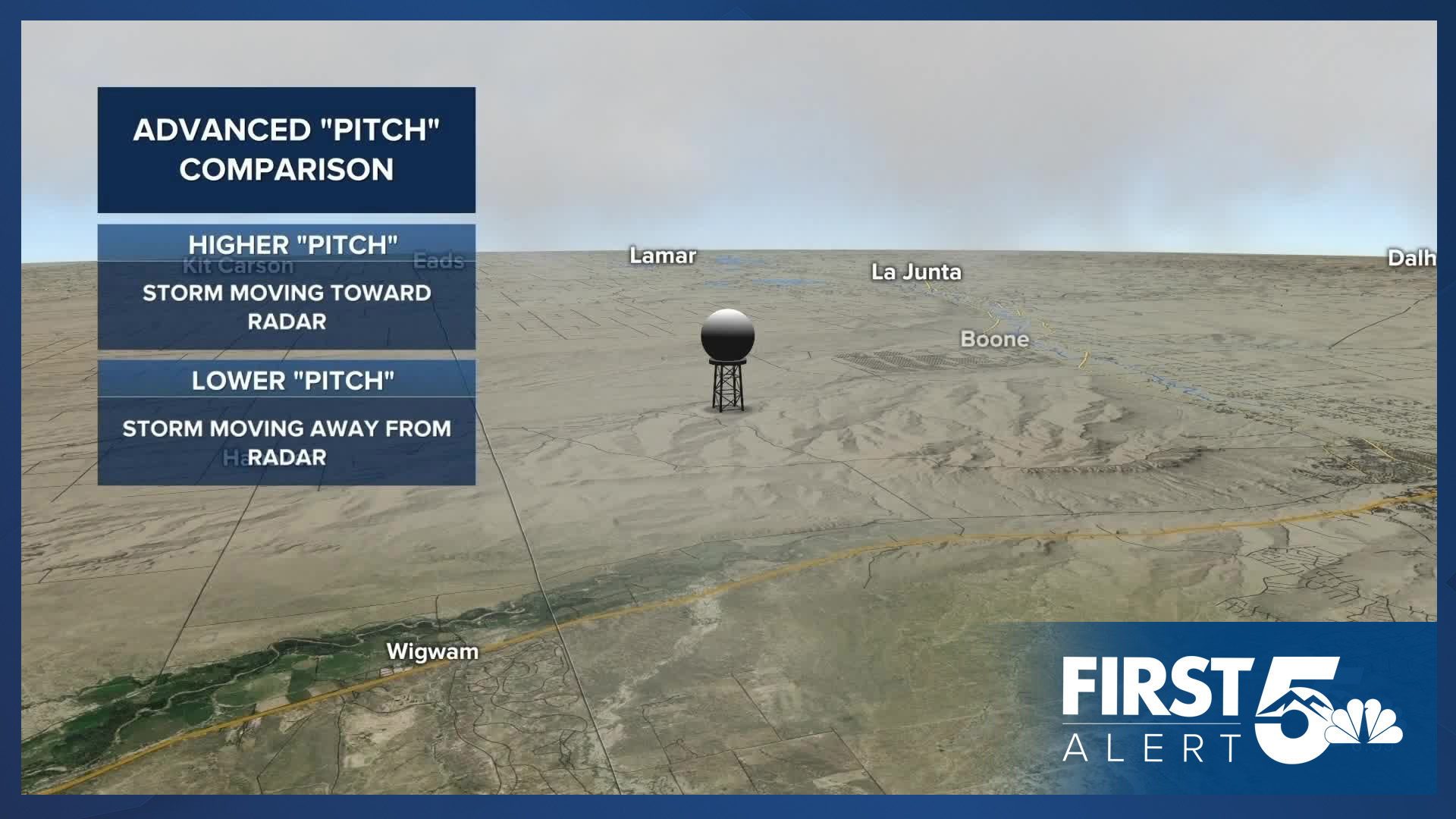Doppler radar stands as the most important modern invention in meteorology, fundamentally transforming how we predict, prepare for, and track severe weather events.
Since installations began across the United States in 1988, Doppler radar systems have dramatically improved short-term weather forecasts.
Most notably, tornado forecasting became significantly more accurate, with the average time between a tornado warning and a tornado hitting a community nearly doubling in the initial advancement, from around 5 to 10 minutes, with further improvements enhancing lead times closer to 15 minutes today!
The key to this revolutionary success lies in understanding the Doppler effect.
Doppler effect experiment
To demonstrate how the Doppler effect works, I created an experiment using two phones and a Bluetooth speaker - one to emit sound and another to measure it.
You can try this as well - just don't swing your actual phone unless you don't care if it gets damaged! The setup involves swinging the speaker from a long string (connected to the first phone and playing a constant pitch between 300-5000 Hz), while the second phone records the sound changes.
Also, I chose a spot with plenty of open space and away from other noise, like traffic.
I downloaded a free app called Phyphox for this since it has a constant pitch generator and a Doppler effect detector, but you can use any app that generates a constant pitch sound and any app that can capture sound waves.
If you try this yourself, you'll notice the pitch changes noticeably as the speaker swings through the air. When it's moving toward the measuring device, the pitch is higher. When it moves away, the pitch is lower. The faster the movement, the bigger the change in pitch.
This simple experiment perfectly illustrates the Doppler effect in action.
The change in sound directly matches the speed and direction of the phone's movement, demonstrating that you can determine how fast something is moving just by measuring how it sounds.
How Doppler radar applies this principle
Doppler radar operates on the same fundamental principle as our phone experiment. The system sends out a beam of energy that bounces off storms and returns to the radar station. The radar then measures how that returned energy compares to what it originally sent out - essentially performing a sophisticated pitch comparison.
If the measured pitch is higher, storms are moving toward the radar. If the pitch is lower, the storm is moving away from the radar. Most importantly, meteorologists can calculate the speed of the object by measuring how different the pitch is from the original signal. These waves are calculated at very small scales, so we can see small-scale motions inside of a single storm cloud.
This capability allows Doppler radar to determine both the direction and speed of wind movement inside storms. This scientific breakthrough enables meteorologists to identify when a storm is capable of producing a tornado or is actively producing one, even during nighttime conditions when tornadoes may be wrapped in rain and invisible to the naked eye.
We identify this by looking for places where the winds are moving very fast, in opposite directions, right next to each other, near the ground. This indicates rapid rotation near the ground, which indicates a storm is close to, or is, producing a tornado.
The implementation of Doppler radar technology represented a pivotal moment in weather forecasting, providing communities with crucial additional time to seek shelter and potentially saving countless lives.
This story was reported on-air by a journalist and has been converted to this platform with the assistance of AI. Our editorial team verifies all reporting on all platforms for fairness and accuracy.
____
Have a question or story idea you would like the First Alert 5 Weather team to consider? Email: weather@koaa.com

Watch KOAA News5 on your time, anytime with our free streaming app available for your Roku, FireTV, AppleTV and Android TV. Just search KOAA News5, download and start watching.





